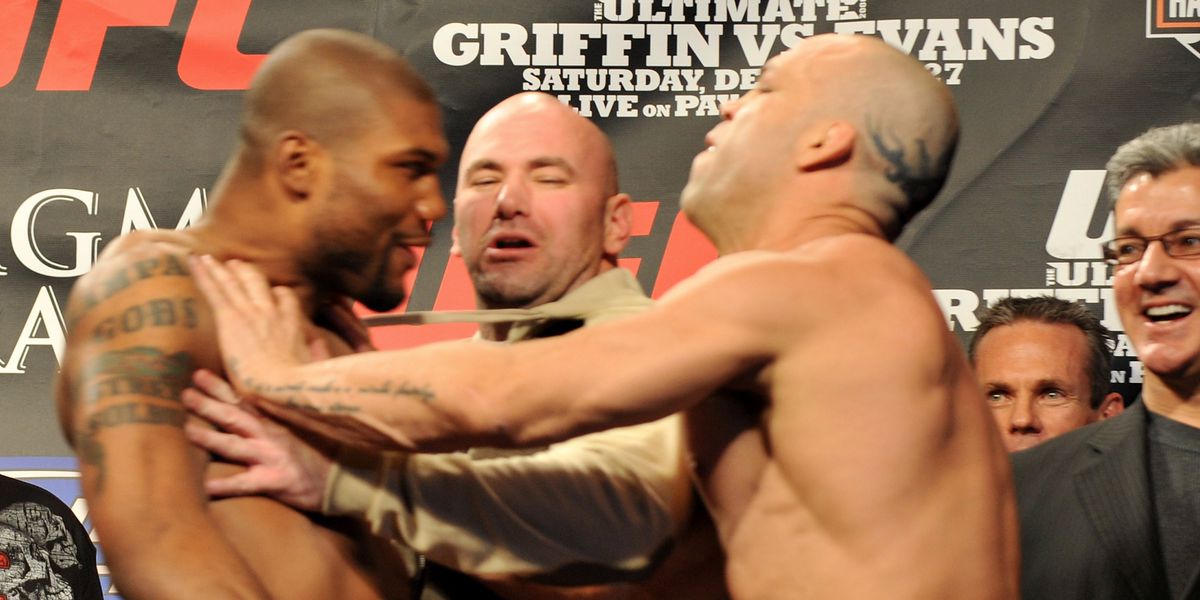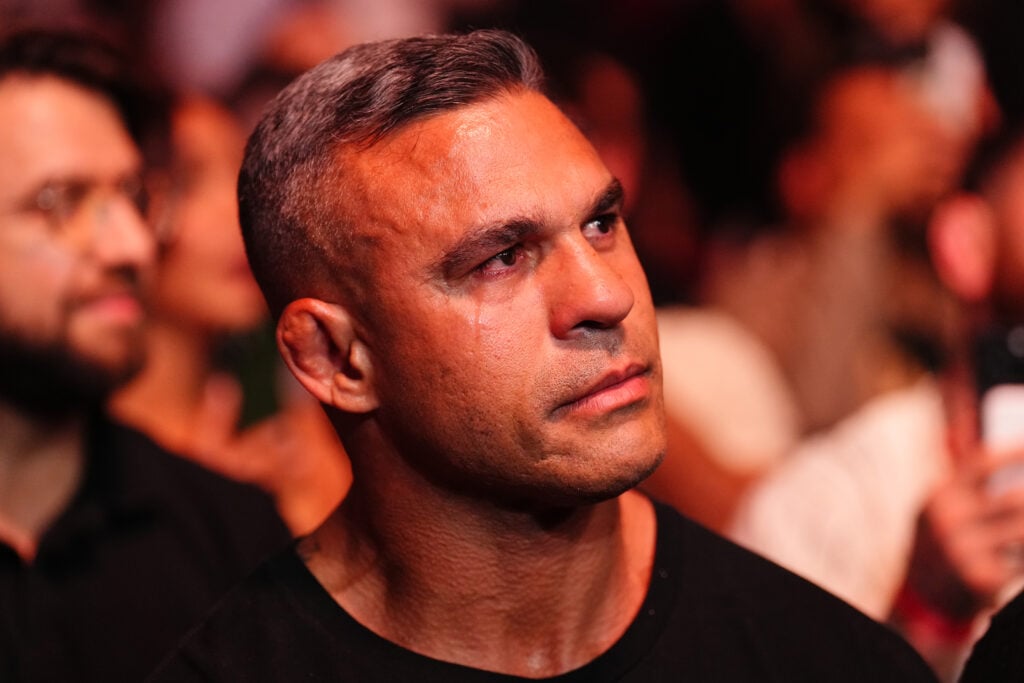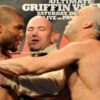
In the unforgiving arena of combat sports, the line between legendary status and a perilous return often blurs. Such was the case recently in Brazil, where UFC icon Wanderlei Silva, at 49 years of age, found himself at the epicenter of a concerning incident that has reignited a crucial debate: when should a fighter truly hang up the gloves?
A Risky Return: From Anticipated Clash to Controversial KO
The stage was set for Spaten Fight Night 2, initially featuring a highly anticipated boxing match between two titans of Brazilian MMA: Wanderlei “The Axe Murderer” Silva and Vitor “The Phenom” Belfort. The prospect alone stirred memories of their storied careers and their single, explosive encounter in 1998.
However, fate, or perhaps concussions, intervened. Vitor Belfort withdrew due to a head injury sustained in training, leaving Silva without an opponent. Instead of withdrawing himself, Silva opted for a replacement bout against a professional boxer, Acelino Freitas, a formidable opponent with a 41-2 record. This decision, in hindsight, proved to be critically ill-advised. Fans watched on with a collective dread as Silva was knocked out cold, a moment that quickly transitioned from a sporting event to a grave concern for his well-being. While a positive health update followed, the visual impact of the knockout was profound and unsettling.
Vitor Belfort`s Fiery Condemnation: “You Destroyed Something We Built”
The most pointed criticism came not from pundits or fans, but from the man Silva was originally scheduled to face. Vitor Belfort, who was present at the event, did not mince words. In a scathing critique, he accused Silva of egregious misjudgment, stating:
“When we’re at our worst, we reveal who we are, and when we’re at our best, we reveal our hearts. What makes me sad is that this reveals who they always were. Wanderlei, I’m sorry, you did something wrong. You literally destroyed something we built over years. Martial arts, brother. You were fighting an excellent boxer. You shouldn’t even have gotten into the ring with him… What makes me sad is that the whole of Brazil saw this shame. Wanderlei, you need to apologize, brother, because what you did is not right.”
Belfort`s words carry significant weight, not only due to their shared history but also his own experience as a high-level combatant. His disappointment seemed to stem from a perceived breach of the martial arts ethos and the inherent danger of a mixed martial artist, well past his prime, facing a dedicated, active professional boxer. The “shame for Brazil” sentiment underscores the pride and responsibility associated with their legendary status within the nation.

The Perennial Problem: Legends and the Lure of the Comeback
This incident is not an isolated event but rather a stark reminder of a recurring dilemma in combat sports: the return of beloved, aging legends. Fighters like Silva, with careers spanning decades and countless battles, inevitably accrue a significant toll on their bodies and minds. Silva himself has publicly discussed the long-term health effects he has endured from his storied MMA career.
The allure of the comeback is often multifaceted: a deep-seated passion for competition, the undeniable pull of the spotlight, or sometimes, less romanticized financial motivations. Yet, as the years accumulate, the physical capabilities diminish, and the risks exponentially increase. A 49-year-old MMA veteran, even one as iconic as Wanderlei Silva, operating in a specialized discipline like boxing against an elite practitioner, faces odds that are overwhelmingly stacked against them. It becomes less about demonstrating skill and more about tempting fate.
A Cautionary Tale for Fighter Welfare
The unfortunate knockout of Wanderlei Silva serves as a potent cautionary tale. It brings into sharp focus the responsibility of all parties involved: promoters who sanction these bouts, commissions that license aging fighters, and crucially, the fighters themselves who must confront the painful truth of time`s relentless march. While the warrior spirit is commendable, the preservation of long-term health and the integrity of a hard-won legacy should ultimately take precedence.
Perhaps, as some observers suggest, this incident might mercifully bring an end to “The Axe Murderer`s” brief return to the ring. If so, a positive outcome might yet emerge from a moment that initially offered nothing but concern and controversy. The debate continues, but the message from Brazil is clear: some legacies are best left unchallenged by the passage of time.








